The bad news is that in any given year, one in 10 people consider switching doctors because they are unsatisfied with the care and communication they’ve received. The good news is that there are steps you can take to reengage current patients and attract new ones. It all starts with patient outreach.
Patient outreach is just what it sounds like — reaching out to existing and potential patients as a way to bring them into your medical practice — and it’s never been more important. The hospital sector is expected to reach $1.2 trillion in 2020 alone, making it a competitive market that offers patients more options than ever.
Here are four ways you can optimize your patient outreach efforts and continue to sustain and grow your practice.
Personalize communication
Personalized communication is a way to reach out to patients and provide them with tailored messaging based on their specific needs and where they are in their healthcare journey.
While you might think that email or phone calls are the best ways to communicate with patients, data from 2019 reveals that patients are up to 35 percent more likely to respond to requests for feedback sent through text messages as opposed to an email or phone call.
By using automated patient outreach via text, practices are better able to communicate these messages at scale, all while using specific segmented population findings to ensure their entire patient population is covered. Patients can get reminders about important screenings, upcoming vaccinations, wellness visits, and other preventative care that’s vital to continued health.
In addition, you can personalize messages for certain conditions. For example, a specific patient outreach effort could focus on adults ages 45–70 who are at a higher risk of hypertension. Personalized text messages could prompt them to schedule a health screening or check-in visit.
Effectively manage referrals
One of the most effective yet underused methods of patient outreach is optimizing referrals — and it’s critical that you manage them proactively. One study found that 33 percent of patients who have been referred to a specialist never attempt to make contact with that doctor’s office. In addition, 40 percent of the patients who do make an appointment don’t provide their referring physician with any information from that visit.
This means the onus is on the medical practice to effectively manage these referrals, which requires developing staff roles, workflows, and information systems to track and manage all patient inquiries. Make sure you’re supporting these patients by giving them the information and care they need — whether that’s scheduling services and/or tracking progress and results.
Invest in outreach staff
Most practices are busy providing patient care, and things like patient outreach often get bumped to the bottom of the to-do list. However, it’s important to communicate with your patients throughout their health journey.
After all, many patients are looking for healthcare providers that provide exceptional customer service — in fact, 53 percent of patients say this is important to them. And good service includes reaching out when they’re not in your office.
Consider hiring patient outreach staff that focus on communicating with current patients to ensure their needs are being met as well as reaching out to those who aren’t yet part of your roster. This can take the form of personalized emails, text messages, and community outreach events. Not only will patients feel valued, but their health outcomes will be better, and you’ll likely have additional referrals and fewer missed appointments.
Leverage technology and online forms
Thanks to technology, medical practices have the tools available to reach out to patients in a variety of ways, and one of those ways is through online forms. Do you know how your patients feel about your medical practice? Is there a reason they’re not responding to your patient outreach?
While 75 percent of providers say the patient experience is critical to the future success of their organizations, an overwhelming number of patients aren’t happy with the care they’re getting. That’s why patient satisfaction surveys like those from Jotform are so important.
These surveys ask patients to rate their level of care — covering everything from wait times to follow-up correspondence — and give providers a clear picture of how they can improve their operations in the future.
Along with online forms, practices can also improve their patient outreach by monitoring things like automated dashboards, opt-out rates, and response rates, and then adjusting their practices. This data can help improve message content and outreach efforts and create a new strategy to increase engagement.
Perfecting your patient outreach strategy
Patient outreach is critical to maintaining a satisfied patient base and attracting new people to your practice. Equipped with the right information, you’re better able to tailor your messages and meet the needs of the patient population — both those who already rely on you for care and guidance and those who may do so in the future.








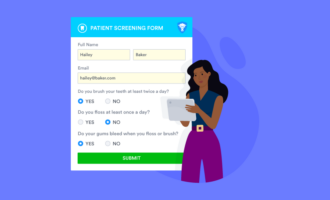


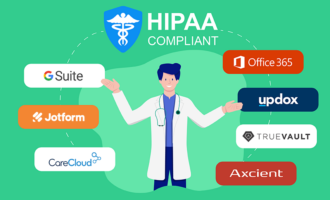
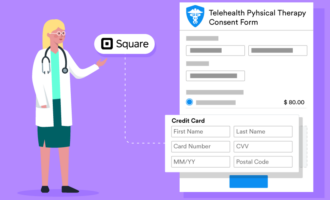







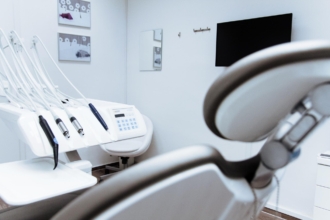


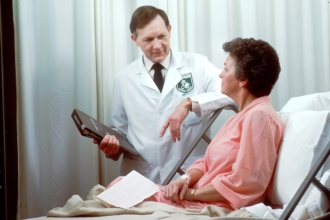
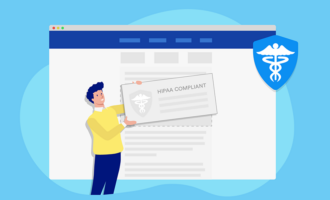




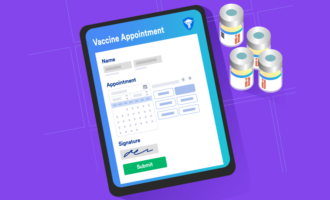




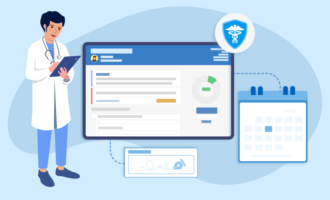














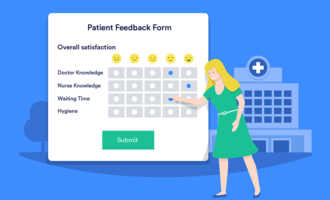


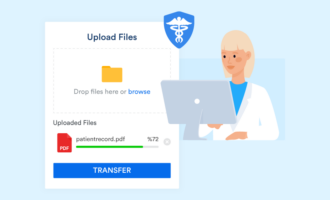



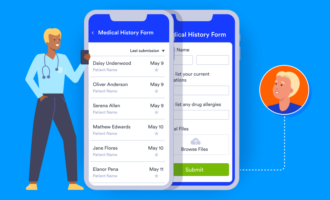

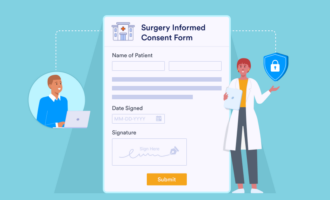






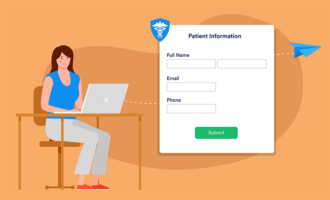












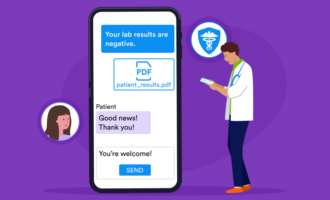










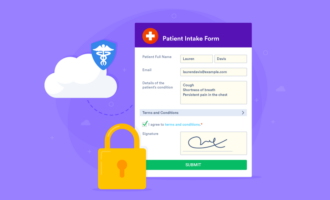













Send Comment: